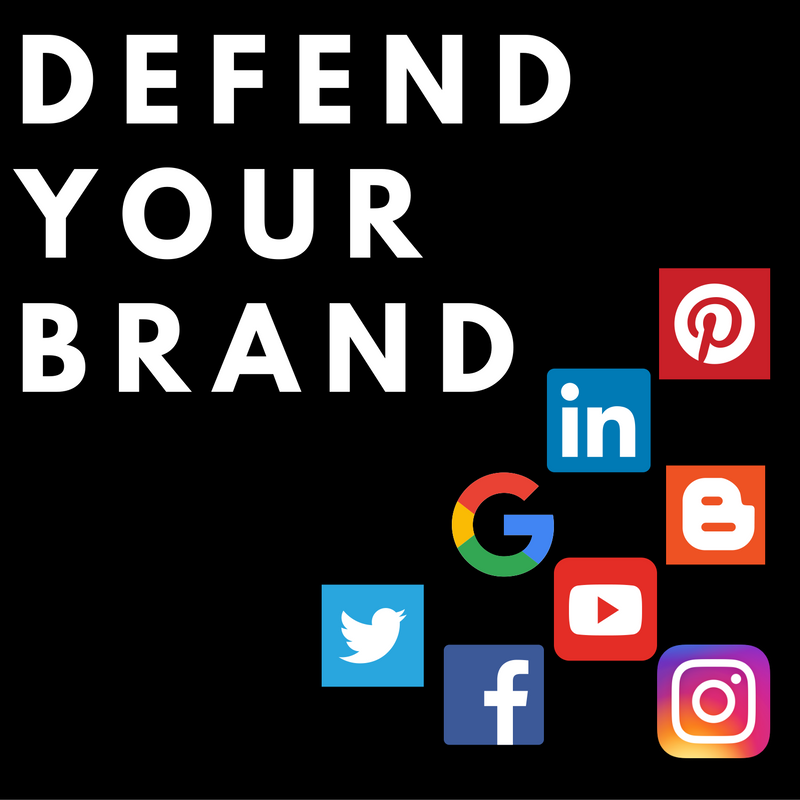One of the outcomes of social media’s reach is a rise in armchair activism. Liking, sharing and commenting on any issue or topic of the day. This is the democratization of information and everyone has an opinion.
It used to be newspapers (magazines, newsletters, bulletins etc.), then radio, then television were major channels through which the general population would receive information. Access to the internet changed the structure to the point where anyone anywhere can say anything to anyone who is listening. Social media has provided us all with digital voice that carries the potential to gather an audience and influence others.
Brands were able to craft their persona and tell customers what to think of their products and services. The public (notice I did not say consumer) now have a strong role in uplifting (think ALS Bucket Challenge), destroying, tarnishing (think Subway Footlong), rescuing, lampooning (think CiscoSPice videos), defeating and defending a brand.
Context, Content and Meaning
The 2016 election in the US has elicited strong reactions with protests and even rioting. This is not how US election results are usually met. Americans for the most part, are a trusting people who expect/believe that in the end those in power will do what is best (for the most part).
This is the first time since I can remember where CEO’s have written letters attempting to reassure employees that everything will be okay following the outcome of a presidential election. Nothing wrong with that, right? Some should have checked in with their public relations team because their intent was not clear.
Take for example GrubHub…the CEO, Matt Maloney sent what was considered a controversial letter to all employees and it was picked up by the media and reported as…if you voted for Trump you are not welcomed at GrubHub. Shares in the company fell 9%! The hashtags were in full swing from #boycottgrubhub to demands for Mr. Maloney’s resignation.
He has since attempted to clarify and in some way, walk-back his original comments but the damage to the brand was clearly evident.
New Balance was stung by what was taken as support for the president-elect when the real issue at hand was keeping jobs in the US. New Balance is against the Trans-Pacific Partnership, a proposed free trade deal the US has negotiated with 12 countries on the Pacific Rim. You guessed it…#boycottnewbalance took off and people posted images and video of destroying New Balance products.
In the case of GrubHub, yes, there was definitely room for interpretation based on how the note to employees was written.
However with New Balance it highlighted the public's paper-thin understanding of an issue before more and more people piled on without fully comprehending New Balance’s position. A position they have had for years and the major candidates all shared.
This is where brands have to provide context, content and meaning behind their actions to address an issue and even educate their public. GrubHub on the other hand seemed to have good intentions that could have used the wordsmithing public relations professionals are known for in highly-charged situations.
